Rising Healthcare Expenditure
The increase in healthcare expenditure in South Korea is a significant driver for the daptomycin market. As the government allocates more funds towards healthcare, hospitals are better equipped to procure advanced antibiotics like daptomycin. Data suggests that healthcare spending in South Korea has risen by approximately 7% annually, reflecting a commitment to improving healthcare services. This financial support enables healthcare facilities to invest in effective treatment options, thereby boosting the demand for daptomycin. Consequently, the daptomycin market is poised for expansion as healthcare providers prioritize effective solutions for bacterial infections.
Advancements in Pharmaceutical Research
Innovations in pharmaceutical research are significantly influencing the daptomycin market. South Korean pharmaceutical companies are investing heavily in research and development to enhance the efficacy and safety profiles of existing antibiotics. This focus on innovation is expected to lead to the introduction of new formulations and delivery methods for daptomycin, potentially increasing its market share. Furthermore, collaborations between academic institutions and the pharmaceutical industry are fostering a conducive environment for breakthroughs in antibiotic therapies. As a result, the daptomycin market is likely to experience growth driven by these advancements, catering to the evolving needs of healthcare providers.
Growing Awareness of Antibiotic Stewardship
The increasing awareness of antibiotic stewardship programs in South Korea is shaping the daptomycin market. Healthcare professionals are becoming more cognizant of the need to use antibiotics judiciously to combat resistance. This awareness is driving the adoption of targeted therapies, such as daptomycin, which is effective against specific pathogens. As hospitals implement stewardship initiatives, the demand for daptomycin is likely to rise, as it aligns with the goals of reducing unnecessary antibiotic use. The daptomycin market is expected to benefit from this trend, as healthcare providers seek to optimize treatment regimens while ensuring patient safety.
Increasing Incidence of Bacterial Infections
The rising incidence of bacterial infections in South Korea is a critical driver for the daptomycin market. With the prevalence of antibiotic-resistant strains, healthcare providers are increasingly turning to effective alternatives like daptomycin. Reports indicate that the rate of hospital-acquired infections has surged, necessitating the use of potent antibiotics. This trend is likely to propel the demand for daptomycin, as it is known for its efficacy against resistant Gram-positive bacteria. The daptomycin market in South Korea is projected to grow as hospitals and clinics seek reliable treatment options to combat these infections, thereby enhancing patient outcomes.
Regulatory Support for New Antibiotic Approvals
Regulatory support for the approval of new antibiotics is a pivotal driver for the daptomycin market. In South Korea, regulatory bodies are streamlining the approval process for innovative antibiotics to address the urgent need for effective treatments against resistant infections. This supportive regulatory environment encourages pharmaceutical companies to invest in the development of daptomycin and similar antibiotics. As a result, the market is likely to see an influx of new products, enhancing the overall landscape of antibiotic therapies. The daptomycin market stands to gain from this trend, as it aligns with the national strategy to combat antimicrobial resistance.


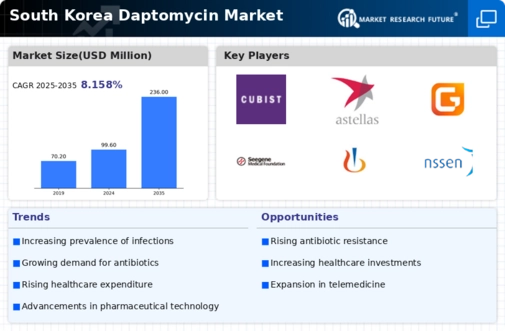
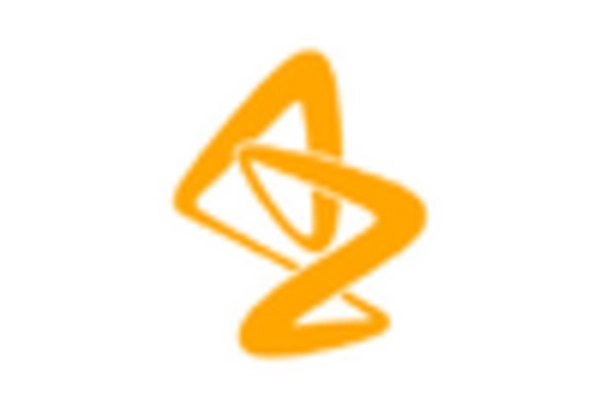
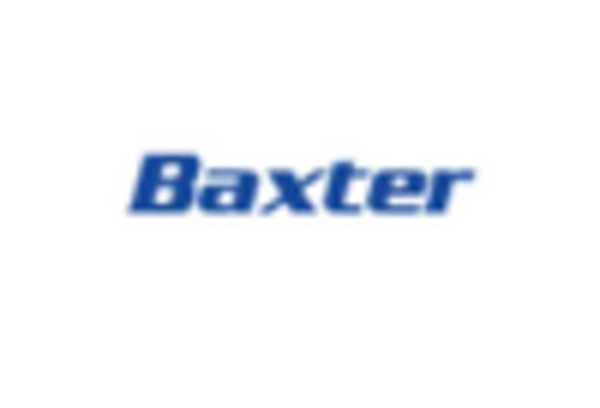
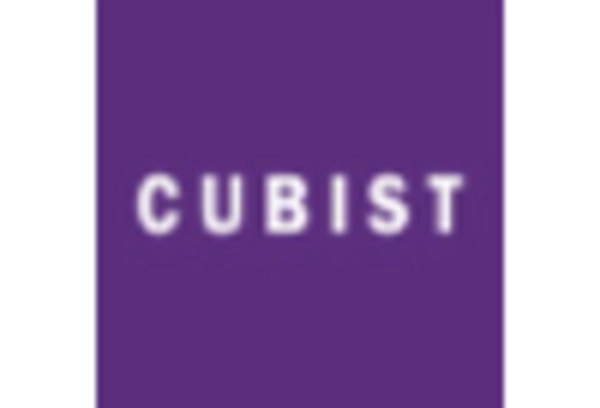
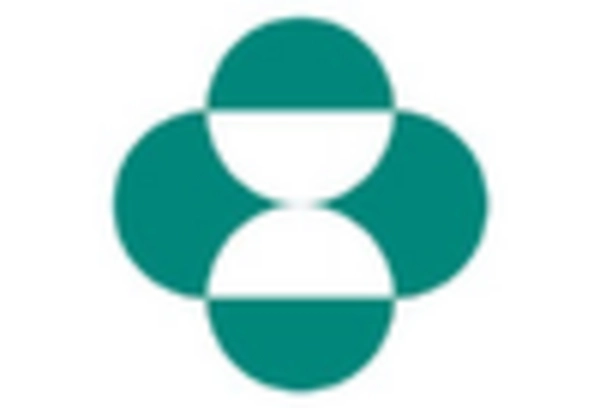
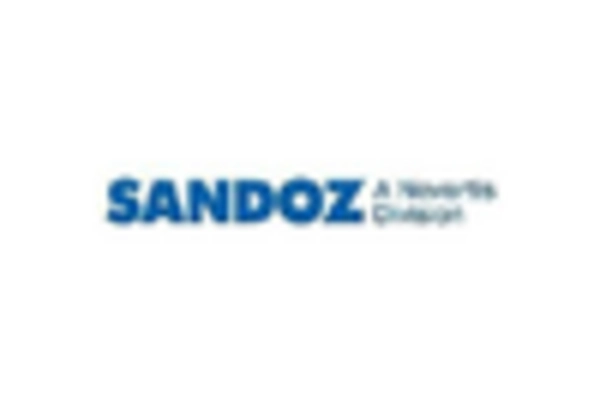
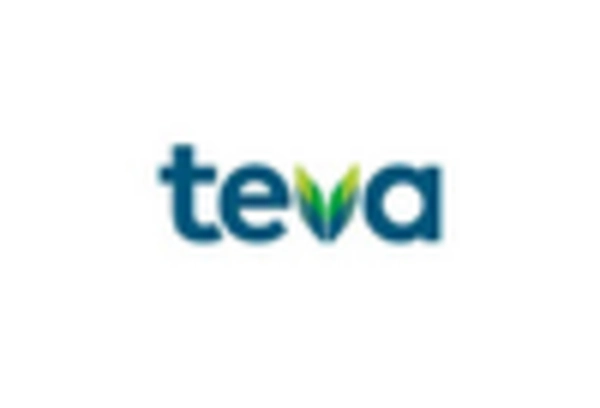








Leave a Comment